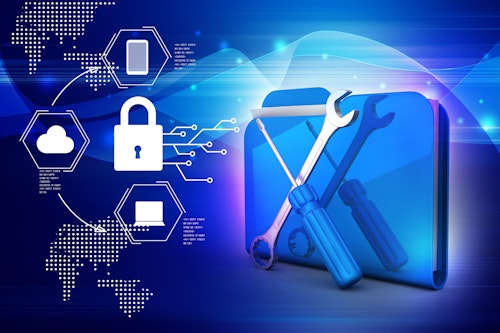There are essentially two schools of thought when it comes to maintenance management. Reactive and preventive. While we’ll get into the differences between the two later, it’s important to first understand that there is no “one size fits all” maintenance solution. Every individual business should have a system tailored to them.
However, each system will vary in productivity. So, it is important to figure out the one that works best for you.
What is reactive maintenance?
Reactive maintenance is essentially what happens when you use an asset until it’s rundown. It’s the “If it ain’t broke don’t fix it” of maintenance management. But this so-called “strategy” really isn’t a strategy at all. With reactive maintenance there is no plan.
If reactive maintenance is bad, why do people use it?
The main defense of reactive maintenance is that business owners claim they do not have the money to budget for a maintenance management system. What they don’t realize is that they are spending far more on repairs than they normally would if they had implemented routine preventive maintenance.
What is preventive maintenance?
Preventive Maintenance, sometimes known as PM, is a method that allows for scheduled maintenance. This allows the health of an asset to be assessed regularly rather than solely when it malfunctions. But does this continuous cycle of maintenance actually save you time and money?
Short answer: Yes. Yes, it does. Preventive maintenance is the key to catching small problems, before they turn into big problems. Spending a little up front can truly prevent disasters from happening down the road.
How does preventive maintenance work?
Preventive maintenance (when done correctly) should not require a lot of headache on behalf of the managers. The scheduling should be optimized based on the asset type. If certain machines are down, this can cause a halt to production on all levels. However, if you can schedule maintenance on other machines at the same time of one shutdown, this limits future downtime.
Another way preventive maintenance is useful is that it saves you from bigger mishaps down the road. It is far safer and more cost effective to take your car for oil changes than it is to run it until the engine fails. This principle is true for your assets as well. Many machines are very costly to replace, and some are specifically tailored to your business, making them especially difficult to repair. Not only is it expensive, but it can also decrease efficiency. The production time lost due to malfunction can be catastrophic.
The alternative (and ultimately more costly option to preventive maintenance) is reactive maintenance. This is the scenario described above, waiting for something to go wrong before fixing it. Even though it is far more costly, some companies still use reactive maintenance as their primary maintenance management solution. Yes, this allows companies to avoid the cost of frequent maintenance work, however the repairs they do have to make are far more expensive.
Fortunately, preventive maintenance can help you avoid these outcomes, but first we must examine the two different types of preventive maintenance: calendar-based maintenance and usage-based maintenance.
Calendar-based Maintenance
Calendar-based Maintenance is exactly what it sounds like. Maintenance based on periods of time. An example of this would be checking tire pressure in delivery trucks every three weeks. Calendar-based maintenance is done based on the date, regardless of condition. That means that even if an asset is running smoothly, if it has maintenance scheduled, it is going to be worked on.
While calendar-based maintenance is fairly easy to keep track of schedule wise, it does come with some downsides. In some cases, it can lead to excessive maintenance. Some assets are being worked on before it is necessary, which leads to wasted time and money. This can lead to decreased productivity over time.
Usage-based Maintenance
Usage-based maintenance is based on how long an asset can safely go without maintenance. It is important to understand the milage you can get out of your machines. Like calendar-based maintenance, the terms of usage-based maintenance are not set arbitrarily. The assets are judged carefully and can be based on parameters such as setting up maintenance after so many working hours, production cycles, miles, etc.
While usage-based maintenance is superior to calendar-based maintenance, the reason it does not completely replace it is due to the fact that not all assets can be accurately judged by usage. For example, one would not be able to track milage or working hours on fire extinguishers. While usage-based maintenance works better for most assets, for others that are less mechanical and technical it is important to keep calendar-based maintenance in mind.
Try it For Yourself!
The only way you’ll be able to appreciate it is to try CHAMPS CMMS for yourself. Our system is effective, efficient, and convenient. You’ll even be able to try it free for 30 days! To set up a personalized demo or for more information email debby@champsinc.com. Preventive maintenance can get complicated, but CHAMPS makes maintenance management a breeze.

CHAMPS Software
